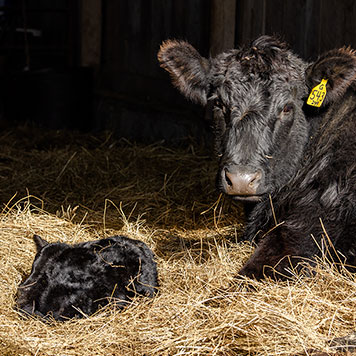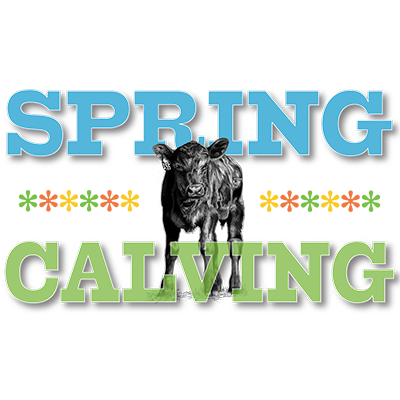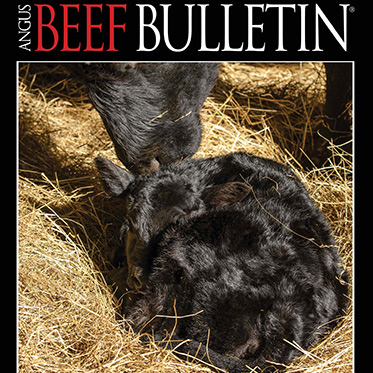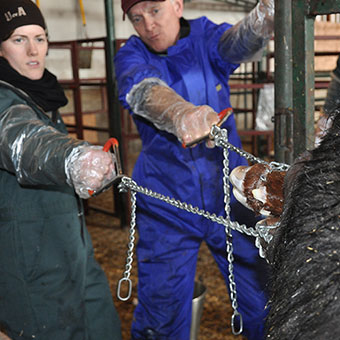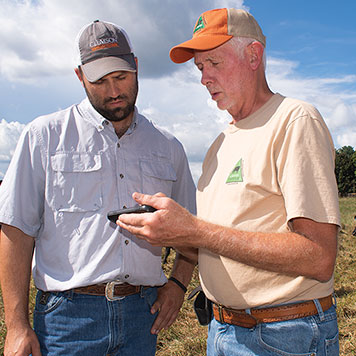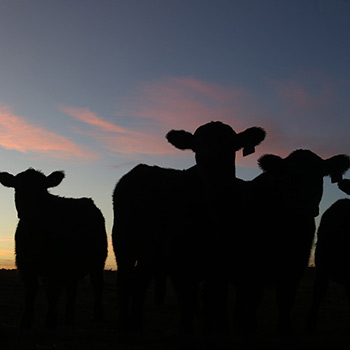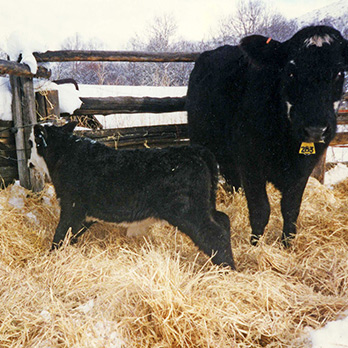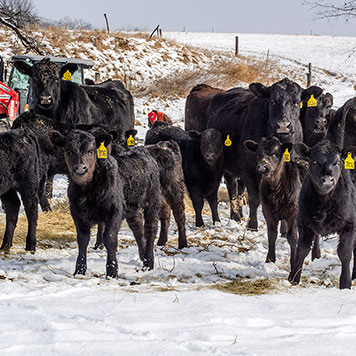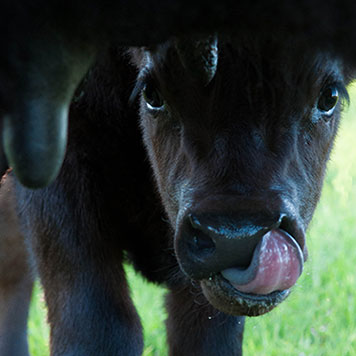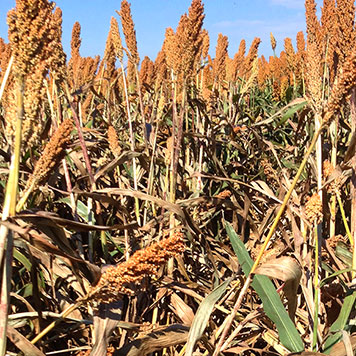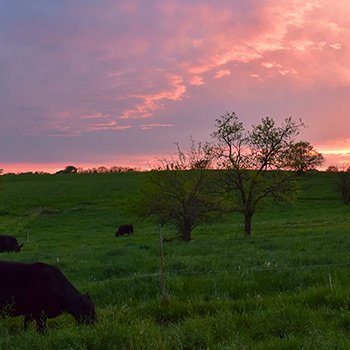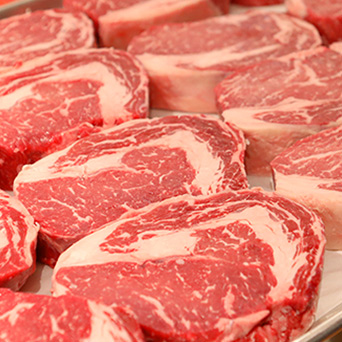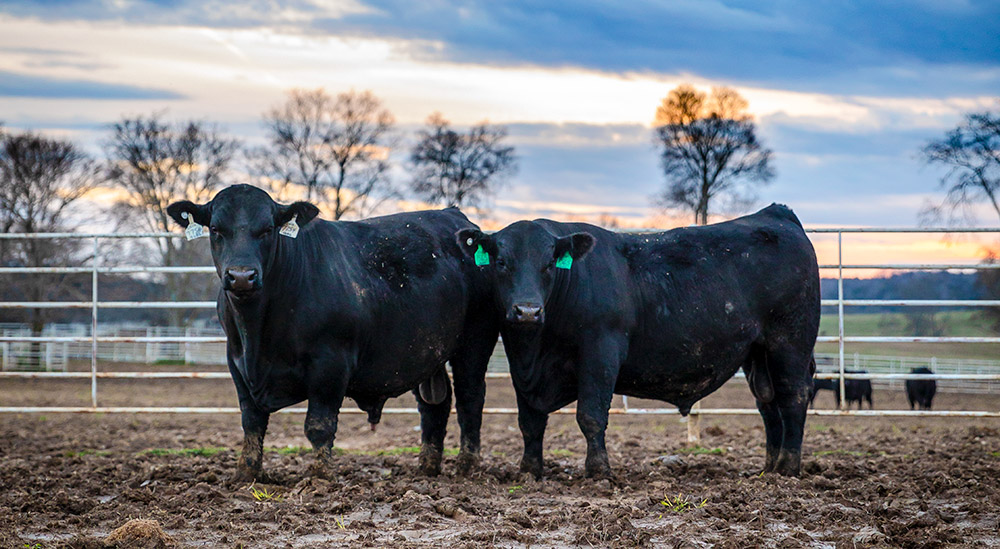
Don’t Buy Bull-oney
University experts discuss three key tools when selecting a bull for your breeding program.
Factors considered when selecting a bull change almost by the minute, specifically because the environment dictates the breeds available when building a profitable system. University experts suggest consideration of expected progeny differences (EPDs), selection indexes and crossbreeding when finding a bull to build an ideal program for each operation.
1. EPDs
“EPDs are the best estimate we have for how a bull or cow’s future progeny will perform, on average, compared to another bull or cow for a given trait,” said Matt Spangler, associate professor of animal science at the University of Nebraska–Lincoln and Nebraska Extension beef genetics specialist. “The key is to focus on economically relevant traits. Producers also need to remember that bigger is not always better.”
Studies have shown that selection based on EPDs is five to nine times more accurate than using physical measures alone. EPDs can be difficult to understand, but they are essential to the selection process.
“One misconception about EPDs is that adjusted phenotypes should be considered in sire selection because the animal’s own records are not included in their EPD,” said Alison Van Eenennaam, University of California–Davis Cooperative extension specialist in animal genomics and biotechnology. “The EPD considers the animal’s pedigree, performance and progeny performance, when applicable.”
Van Eenennaam explains that many producers place emphasis on raw measurements or adjusted phenotypes. Examples would include raw weights or corrected weights. Luckily, the EPD already has that incorporated into it.
“Selection based on raw phenotype is a measurement influenced by environmental factors, not of genetic potential,” Van Eenennaam said. “The environment can really impact that number and is definitely not transferable to progeny. That is why it is important to focus on the EPD.”
Varying by breed, as genomic information increases, so does accuracy of an EPD. Young bulls will have low accuracy, allowing for greater variation in their progeny. This should be considered when choosing a bull for both cows and heifers.
“Something important to remember and appreciate is that these numbers, especially when looking at a young, low-accuracy bull, are the best estimate we have of the genetic merit of an animal,” Van Eenennaam said. “But they can change as more information comes in.”
When scanning EPDs, producers should remember to focus on the economically relevant traits. One mistake producers have made in the past is selecting for birth weight (BW) and disregarding calving ease direct (CED).
“Calving ease direct is related to the level of assistance needed during calving,” Van Eenennaam said. “Birth weight is simply an indicator trait for calving ease. The CED estimate already incorporates birth weight.”
2. Selection indexes
Making a product with the traits a buyer deems most valuable seems like an easy task. Yet it can be difficult to accomplish in the cattle pens, especially when it comes to reducing one trait in favor of another. This is where selection indexes come in handy.
“Selection indexes are simple and used to focus decisions on profitability,” said Jared Decker, assistant professor in animal science at the University of Missouri. “Indexes will give robust and consistent results in a changing market even if they do not perfectly mirror an operation.”
Decker urged producers to keep their breeding objectives in mind when choosing a selection index for breeding decisions.
“Indexes are trying to find out what is most important to us and thus which traits hold more weight in the equation,” said Darrh Bullock, extension professor in beef cattle genetics at the University of Kentucky. “Most cattlemen would agree that the end result is profit, though everyone has a different method of reaching that goal.”
There is such a thing as too much information when choosing a bull, but not enough can also be problematic.
“For most commercial cattlemen, in a mass amount of information there are probably three to four numbers that make an actual impact on selecting a bull,” Bullock added. “The important numbers are not the same for everyone, and that is probably part of the reason for putting out as much information as possible.”
The purpose of a selection index is to show where profit will be gained and lost based on choosing one animal over another. This is helpful when certain traits are not necessary to meet the objectives of an operation.
“A selection index is simply an equation taking into account the adjusted EPDs for the traits that are important for various scenarios,” Bullock said. “Each index is based on different values, including how cattle are marketed and managed. Some traits have an income and cost factor involved.”
Three “flavors” of indexes were developed to appeal to various operation objectives: terminal, weaning/replacement and all-purpose. The terminal index is based primarily on carcass merit and does not account for retaining replacements, while the weaning/replacement index targets cow-calf producers. All-purpose is a combination index, accounting for retained replacements while also focusing on carcass merit dictating income at sale.
“Producers should be cautious of traits included in the index that do not have an economic value to their system,” Decker said. “Don’t make the mistake of sitting on the sidelines if the selection index scenario does not perfectly match the operation.”
Even though selection indexes are not 100% effective, Decker said they are still a valuable tool.
3. Crossbreeding
“It can be easy to get drawn into individual animal selection and forget about the importance of heterosis, or crossbreeding,” said Bob Weaber, professor and extension specialist in animal sciences and industry at Kansas State University. “It is important to remember there is a whole other set of genetic effects to think about. They have substantial economic benefits for the beef value chain and individual profitability.”
Heterosis is important on the maternal side of breeding, especially when fitting an animal to its environment. Weaber emphasized this is mostly important in mature size and lactation requirements since that is a driving factor behind energy requirements in cows.
“Maternal heterosis accounts for about two-thirds of the economic benefit coming from crossbreeding,” Weaber said.
The ultimate purpose of crossbreeding is to build better beef, producing a calf crop that fits the market. Since each breed falls short in one area or another, crossbreeding can bring in good traits from one breed to overcome where others fall short.
“To crossbreed correctly, it needs to be simple. Depending on the size and scale of an operation, different systems have the potential to fail or be successful based on their complexity and ability of management to implement them,” Weaber explained.
His example: a four-breed self-composite breeding system used by a small-scale producer. This system would be far too complex on this scale. Keeping things simple on any scale should always be the goal, but it is more important with a smaller operation.
“It is not possible to overemphasize the importance of building a plan with attainable goals,” Weaber added. “Often, maximizing heterosis is not a good objective, but capturing it through a hybrid seedstock breeding system certainly can be.”
Building a plan should always take into account the amount of time a producer will have to devote to making high-level breeding decisions, in addition to the available forage and environment these animals will live in.
“You should choose the right bulls from those breeds that work in the system. The second step of building a breeding system is picking individuals that work in it and take breeding objectives, established in the first step, into account,” Weaber finished.
Editor's note: Lead photo by Max Stewart.
